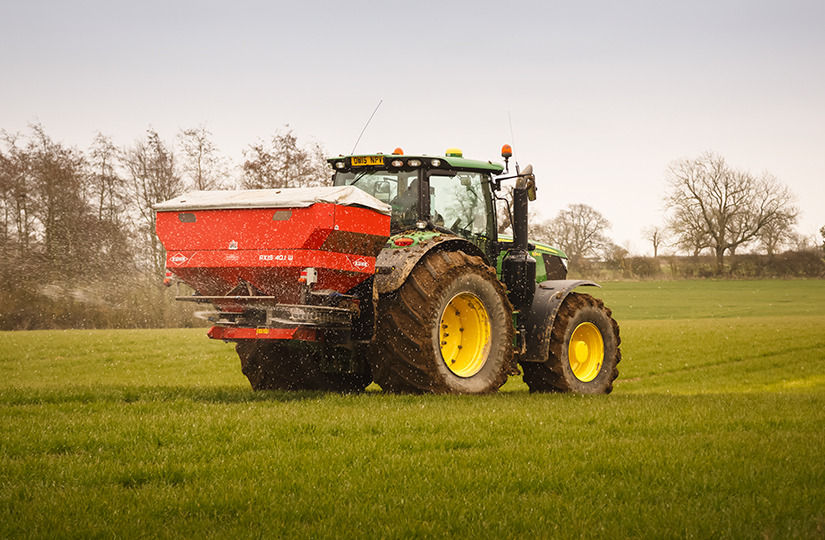Nitrogen fertiliser shortages – what can farmers do?
The current shortage of nitrogen fertiliser within the UK and the impact this is having on prices is the topic dominating discussions in farming circles.
Producers who still have fertiliser to buy are grappling with whether they should lock in their supplies now, despite prices having risen from £280/t to £450/t and more in just a few months, or hold back in the hope that prices will fall as energy markets stabilise.
Unfortunately, there are no easy answers as to which strategy is the right one, but many farmers seem to be buying what they need and not scaling back significantly. The general expectation that prices will stay strong makes it possibly counter-productive to wait any longer if they have not yet ordered all they need for the 2022 growing season.
What is clear that given the price increases it is more important than ever to optimise fertiliser applications this season and consider alternatives sources of nutrients for crops moving forward.
As a first step, it is worth revisiting the recommendations in the Nutrient Management Guide (RB209) and checking the most cost-effective application rates for your crops.
As a general principle, it would normally require a large change in the ratio of the value of a crop and the cost of nitrogen fertiliser to alter the application recommendation. This breakeven ratio is the crop yield (kg) needed to pay for 1 kg of nitrogen. The recommendations in RB209 for wheat and barley are based on a breakeven ratio of five which is calculated by taking the cost of fertiliser nitrogen in £/kg N and dividing it by the value of grain in £/kg.
The RB209 table below shows that if grain is worth £200/t and N fertiliser costs £1/kg, then no adjustment should be made to the N application. If grain is £200/t and fertiliser £1.20/kg, the recommendation would be to reduce the application by 10 kg N/ha.

In summary, it shows because the prices of N fertiliser and grain have moved at similar rates, there is no significant change to the economics of applying nitrogen.
While this analysis can give growers reassurance that the rate of application is worthwhile, there is still the question of how to respond if product is not available.
CF Industries’ Billingham production plant is currently back on stream for three weeks, there are no guarantees after that. That said, it is hoped that supply will resume, and growers should be able to order their full requirements for the season ahead.
Looking to the future, it feels like a good time to review the sources of nutrients for all crops and consider a range of other options, including:
- Utilise any slurries and manures available to you – this may be from your own stock, or via a deal with a neighbour, possibly through a dung for straw arrangement. It is advisable to analyse the manure to understand what it will offer.
- Consider adding N-fixing crops in to the rotation. Peas and beans will fix N which is then available for the following crop. Organic growers use clover as a fertility-building crop in arable rotations, and while this is effectively fallow (without a cash income) it may suit some fields.
- Look into the various agri-environmental schemes to see if there is a payment for an N-fixing crop that can be used in this way – clover is also a nectar-producer and will benefit pollinators.
- Ensure that soil pH, P, K and S levels are correct. Imbalances in major nutrients will prevent the crop from utilising N most effectively. Similarly, check trace element levels by leaf tissue analysis in the spring and correct them if necessary.
- Assess arable fields for drainage problems. Nitrogen moves very quickly through the soil and losses through leaching can be significant. Poor drainage will exacerbate the problem.
- Improve soil organic matter where possible. This is easier said than done, but the benefit is unquestionable. Soils with very low OM content tend to be far less resilient in periods of extreme drought or extreme wetness. Most soil conditioners are low in nutrients but are ideal partners if used in combination with an N-rich manure such as hen manure or pig slurry.






